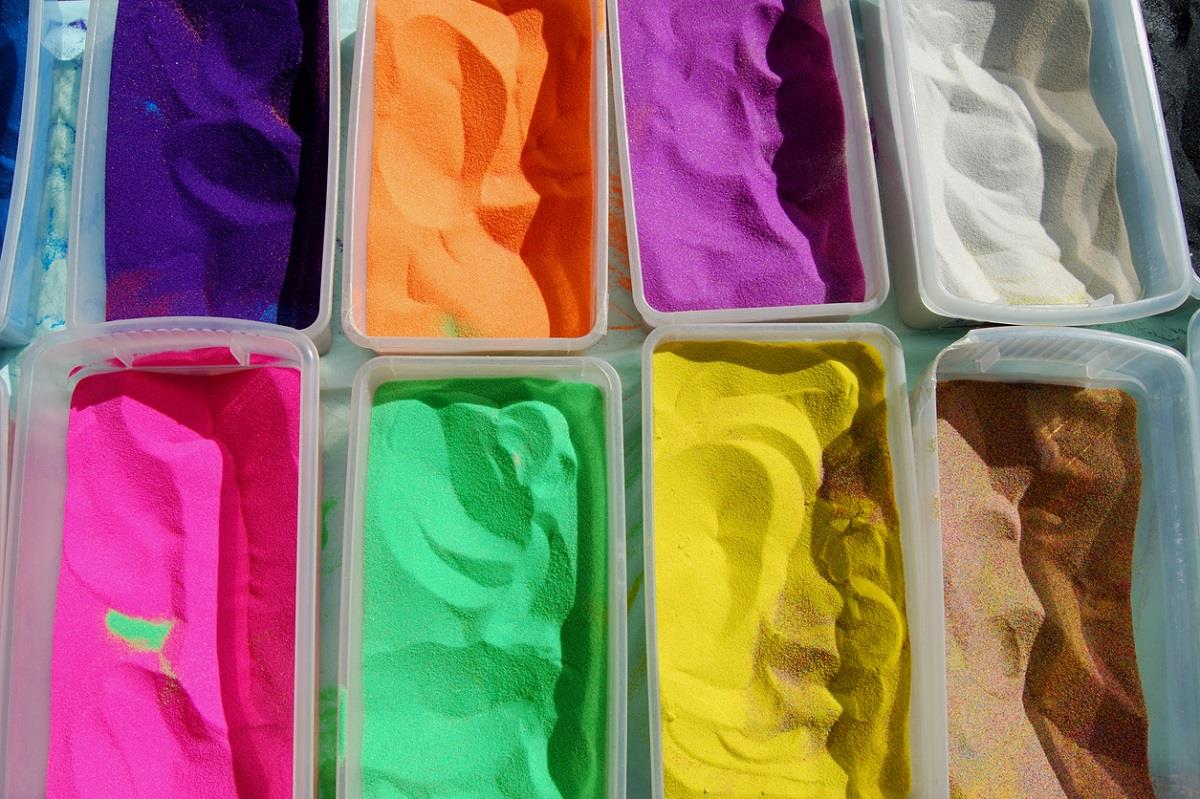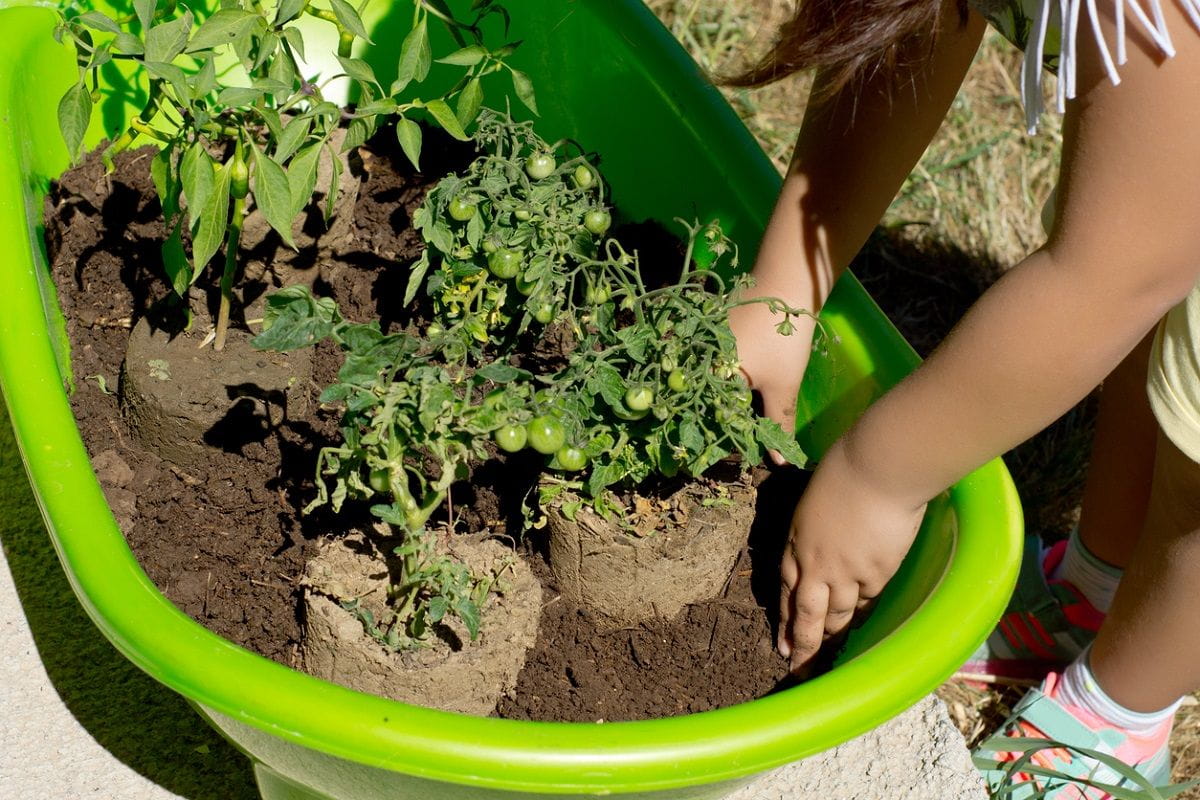Sand Art for Kids: We’re Bringing the Beach to KinderCare!

By Rachel Ward
It’s nitty, it’s gritty, and it’s a ton of fun for two-year-olds to stomp through and just get down and dirty with! Sand is full of learning opportunities, from experimenting with its unique texture to seeing what can be built from it—and sand art for kids adds a whole new layer of fun.
As adults, we might groan inwardly (or out loud) at having to clean up an exuberantly sandy child, but the mess is truly worth it!
“Kids who get to dig into new textures and natural items like crunchy leaves, prickly sticks, goopy mud, and soft flower petals are more likely to retain information and learn things more easily—because squeezing, throwing, and mashing provides all sorts of information about (almost) everything,” explains Meg Davis from KinderCare’s Education team.
We’re bringing sand into our Discovery Preschool classrooms this week for a summery, beachy activity that brings tons of learning benefits to two-year-olds!
Sand Art in Bottles Builds Many Layers of Learning
With different colors of sand and some extra items for decoration (think rocks and shells), kids are given free rein to create their own beautiful colored layers of sand in plastic bottles.
As children pour and mix sand, they’re building more information about the world around them and beginning to think of new uses for things—like using colored sand and tiny shells to create a beautiful beach scene in a bottle.
Math skills get a boost, too: “By pouring sand into bottles, children are experimenting with measurement concepts, such as size and volume,” explains Davis.
We’ve got you covered while your kids are with us during the day, but you can keep exploring textures at home, too! Check out our sweet and simple ideas for exploring natural materials below.
Going Beyond Sand Art: 3 Ways to Explore Textures at Home
1. Make a mess in the kitchen.
Keep their little hands away from hot burners and give them something else to explore—like pre-cooked oatmeal or rice and flour or sugar. Those fun textures will keep them entertained for a while, and they’ll be amazed when they realize that those dry, hard oatmeal flakes or rice grains turn into the yummy, mushy meal that they love!

2. Plant the seeds for learning in your (patio) garden.
Getting your child involved in gardening holds a lot of benefits for them (including teaching them where food comes from and how to care for nature), but when they get to dig deep into some soil, the fun really begins. Let your child explore how the dirt feels on and around their hands before you get down to business!
3. Get their wheels turning with some basic pottery.
The first pots will probably wind up with a distinctly un-pot-like shape, but getting to mix and mash clay with their hands is a fun and messy experience for little ones. If you’d rather avoid visiting a kiln, you can always grab some play dough or non-hardening clay from a craft store and encourage your child to create a sculpture from scratch!





